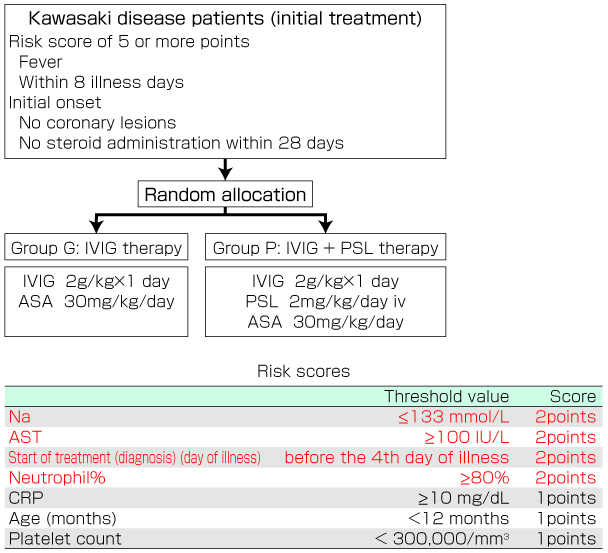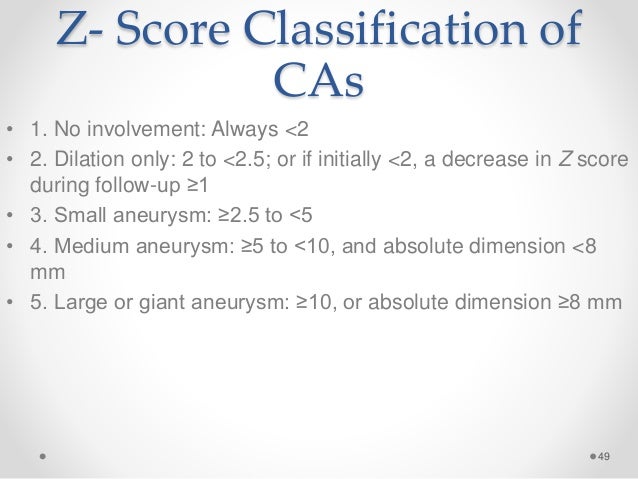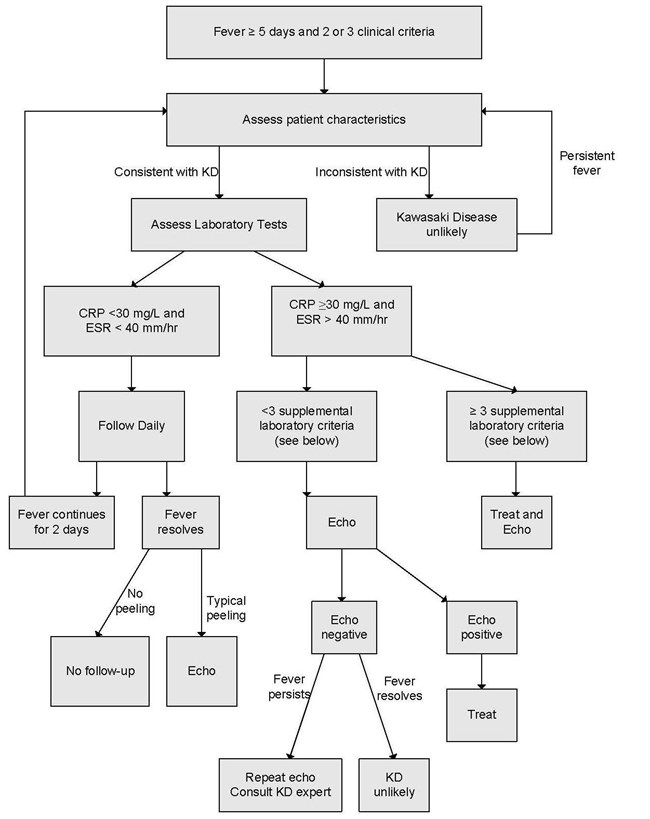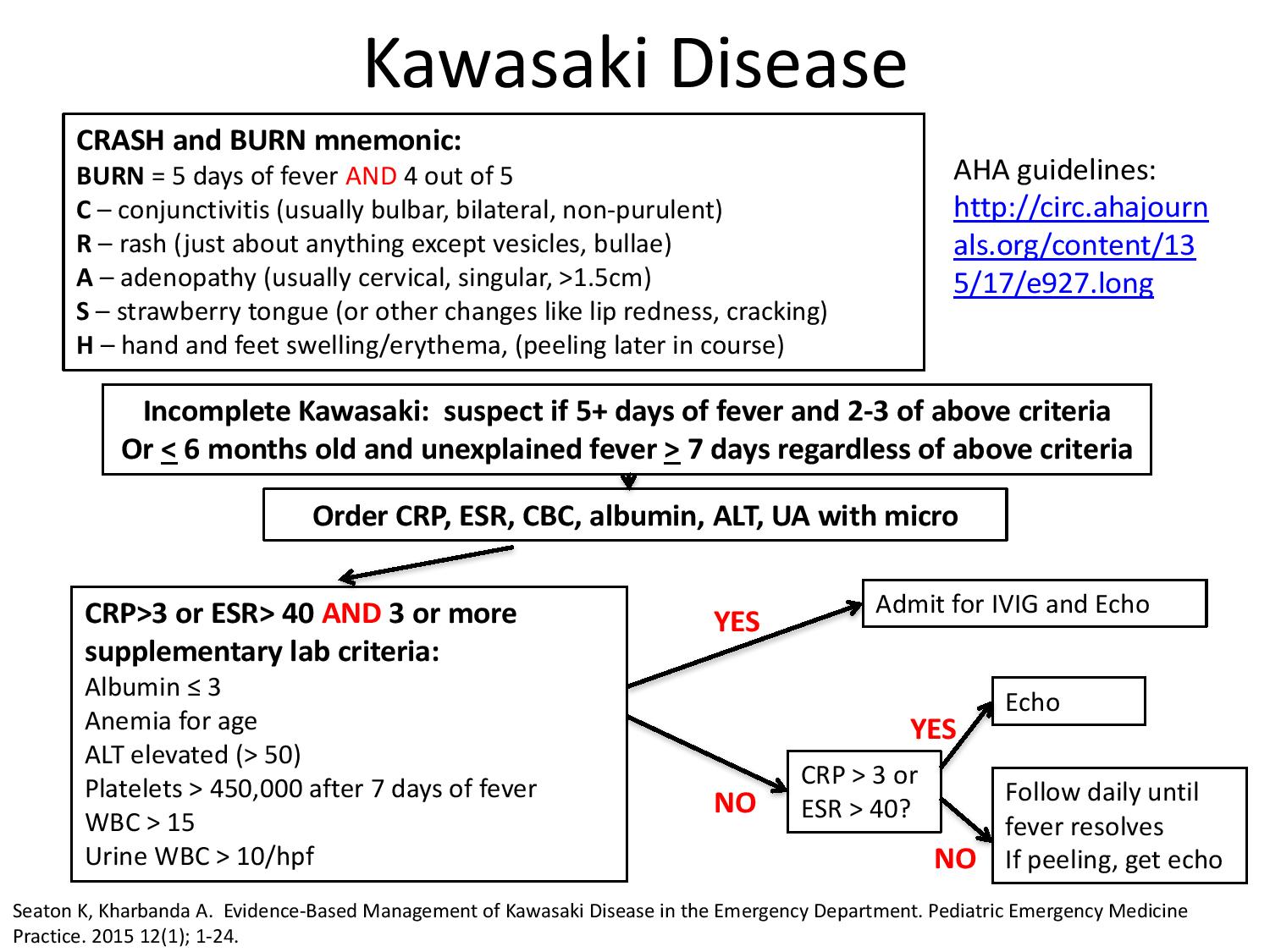Z Score Kawasaki Disease
Coronary artery z scores primarily useful for patients with kawasaki disease this calculator will return a z score for the left main coronary artery lmca left anterior descending lad and right main coronary artery rca.
Z score kawasaki disease. Z scores and is calibrated to both past and current involvement. Z score coronary artery diameters korean children kawasaki disease introduction kawasaki disease kd is an acute self limiting febrile illness of unknown cause that affects the coronary arteries predominantly occurring in children aged 5 years. Kawasaki disease is an acute febrile self limited systemic vasculitis of unknown etiology occurring mostly in young children mainly children 5 years old1 5.
It is the most prominent cause of acquired coronary artery disease particularly coronary aneurysms and obstruction in childhood1 5. Coronary artery ca z scores are commonly used for clinical decisions in kawasaki disease including treatment anticoagulation and duration and frequency of follow up. Elevated z scores on initial echocardiogram of 20 demonstrated high predictive utility for later development of coronary artery abnormalities in one recent study in the us.
Kawasaki disease and z scores question. Calculate and compare z scores of the coronary arteries using the most recent data published from quebec boston and washington dc. Patients with aneurysms require life long and uninterrupted cardiology follow up.
The average diameter is assigned a z score of 0. The aim of this study was to evaluate ca measurement reproducibility z score calculation variability and the impact of variability on management. A z score normalized for body surface area represents how much larger or smaller a measured coronary artery internal diameter is compared to the average coronary artery diameter for a child of the same size body surface area includes both height and weight.
Ask the kd experts. What is a z score. Particularly useful in patients with a concern for coronary artery involvement related to kawasaki disease.
Kawasaki disease causes swelling inflammation in the walls of medium sized arteries throughout the body. These recommendations provide updated and best evidence based guidance to healthcare providers who diagnose and manage kawasaki disease but clinical decision making should be.

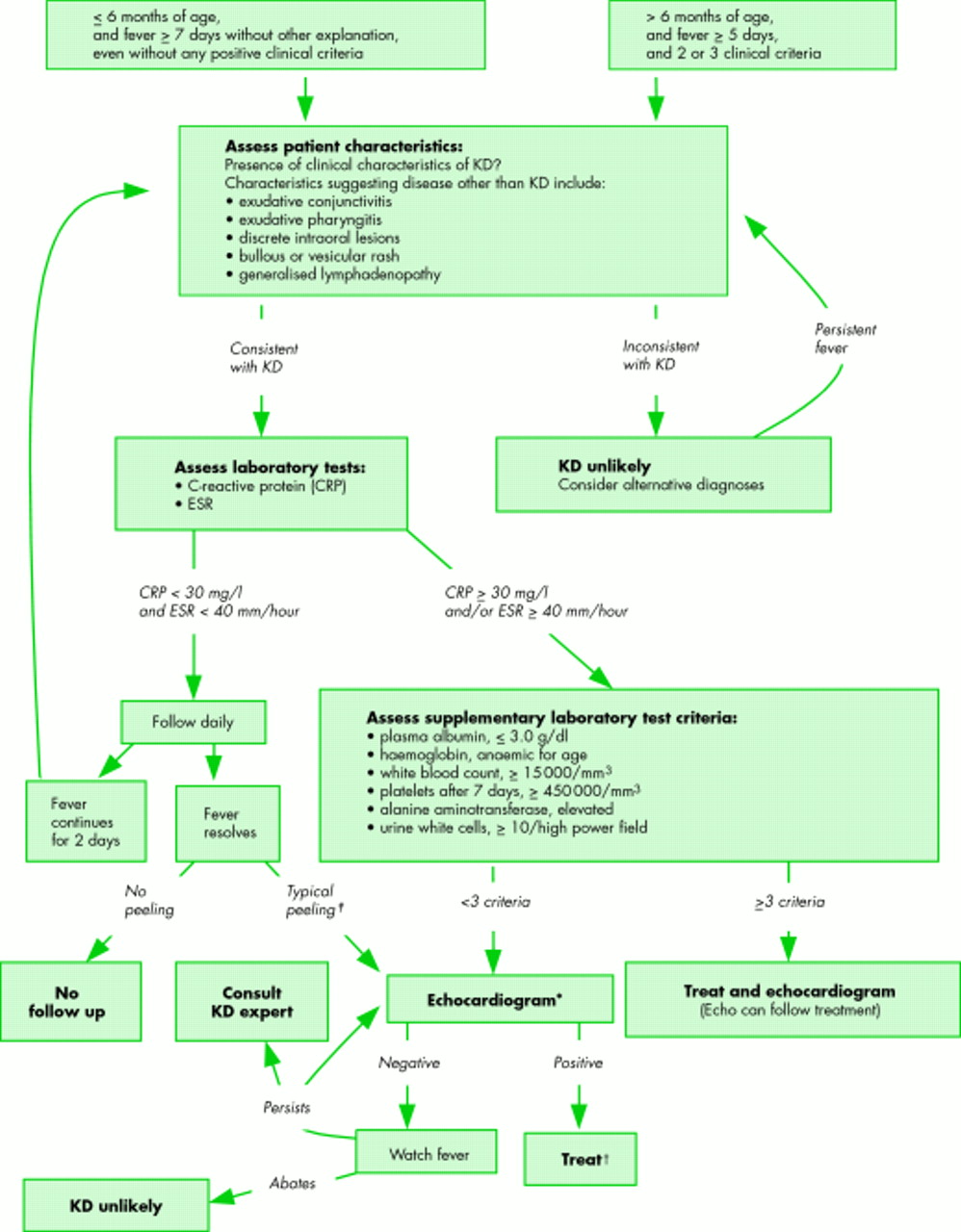

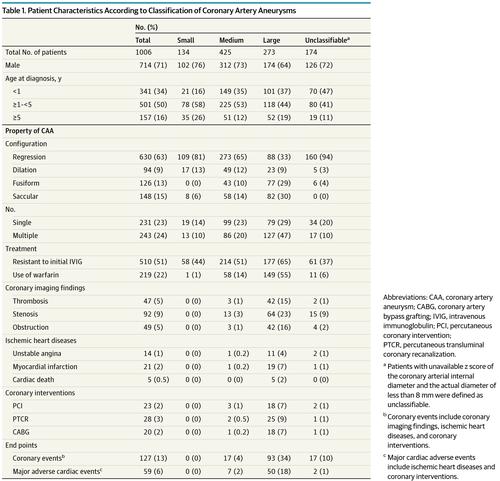


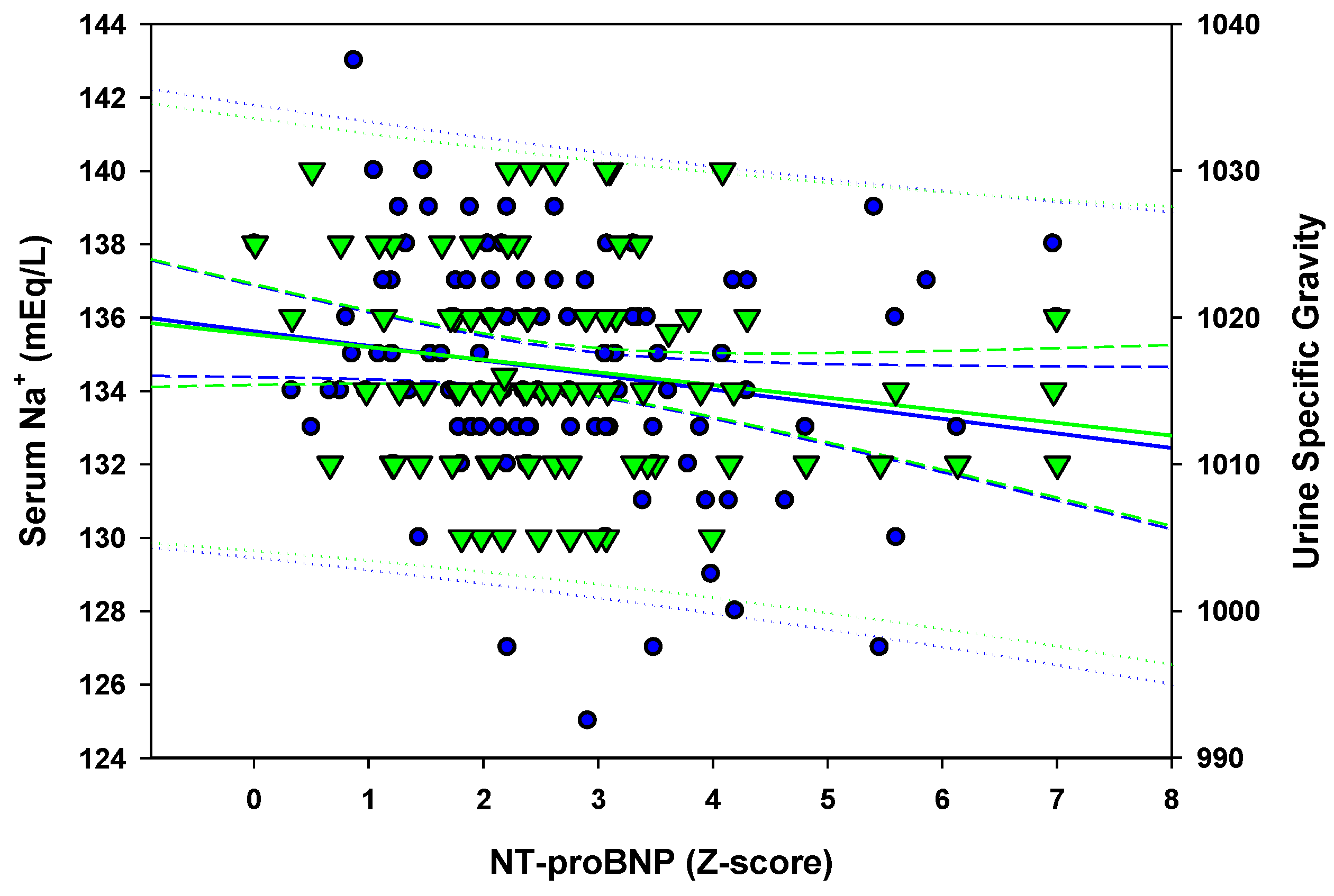




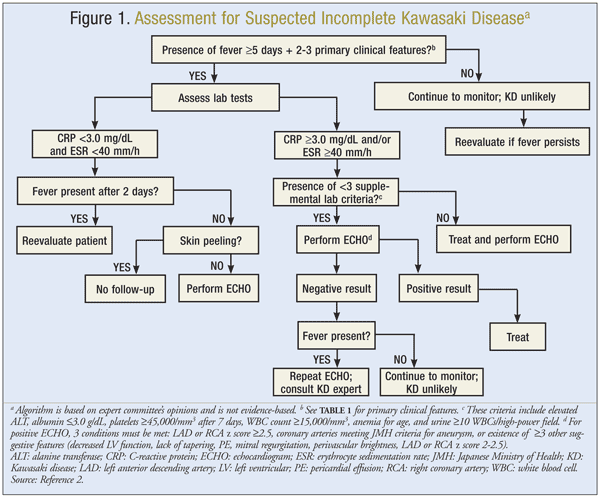




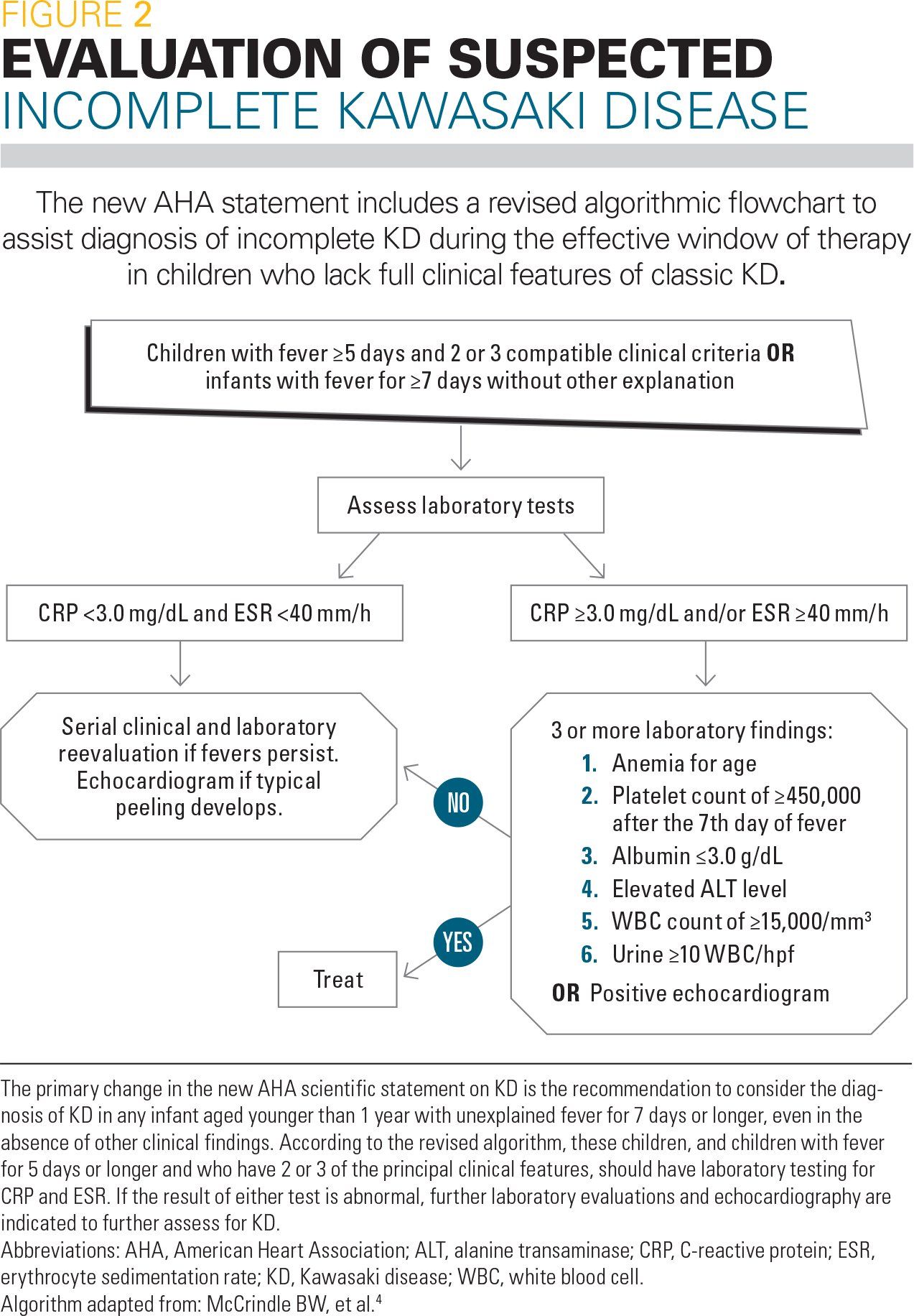
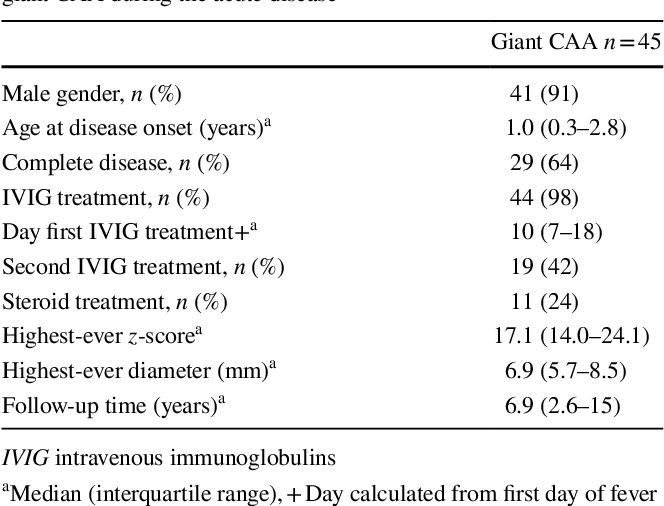


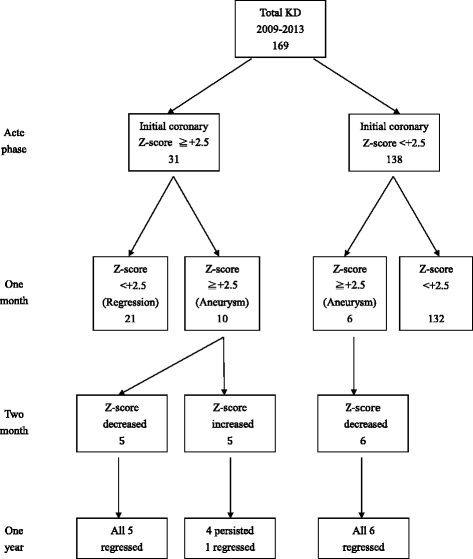

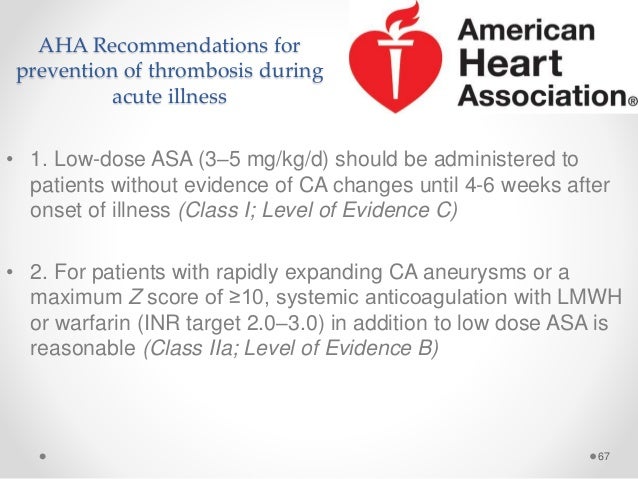


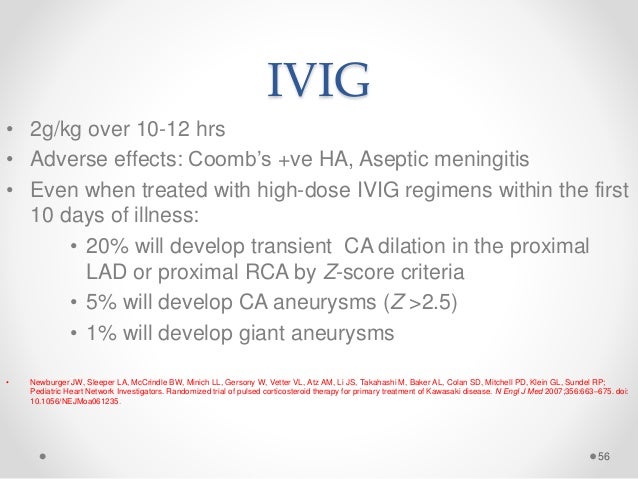
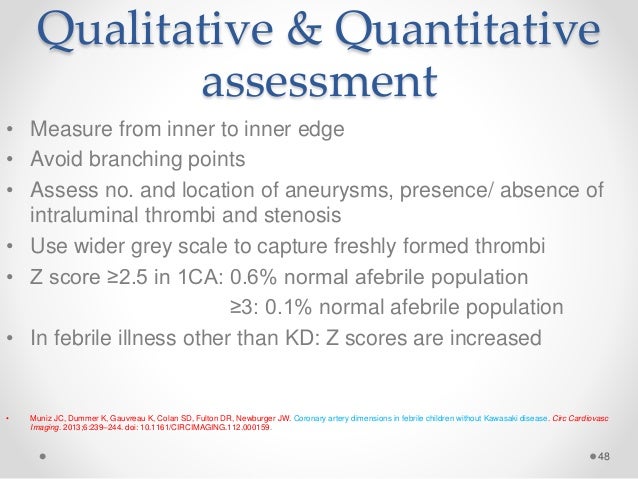



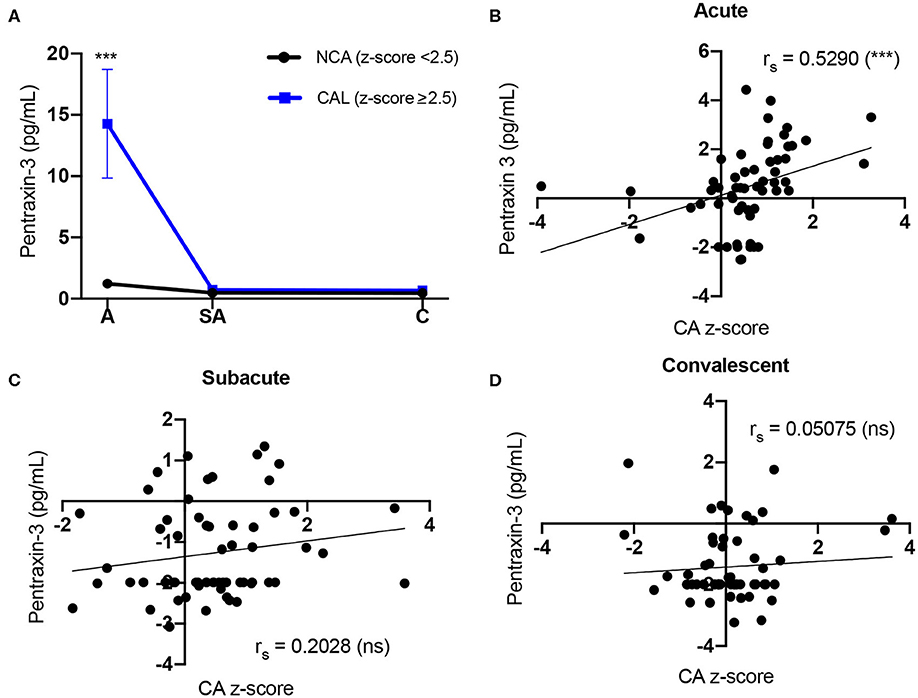



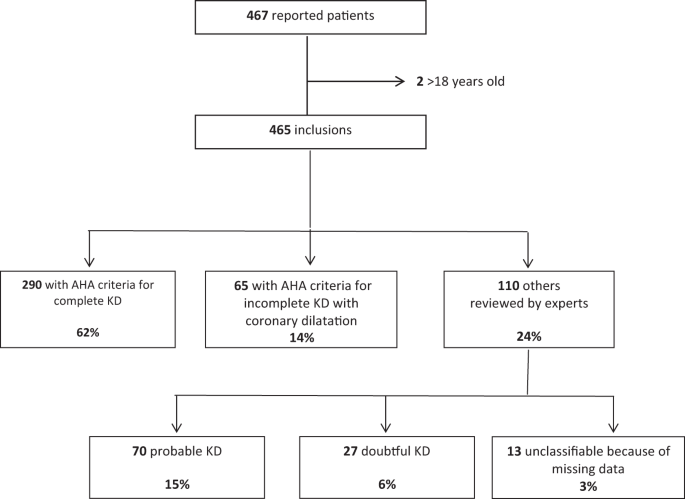
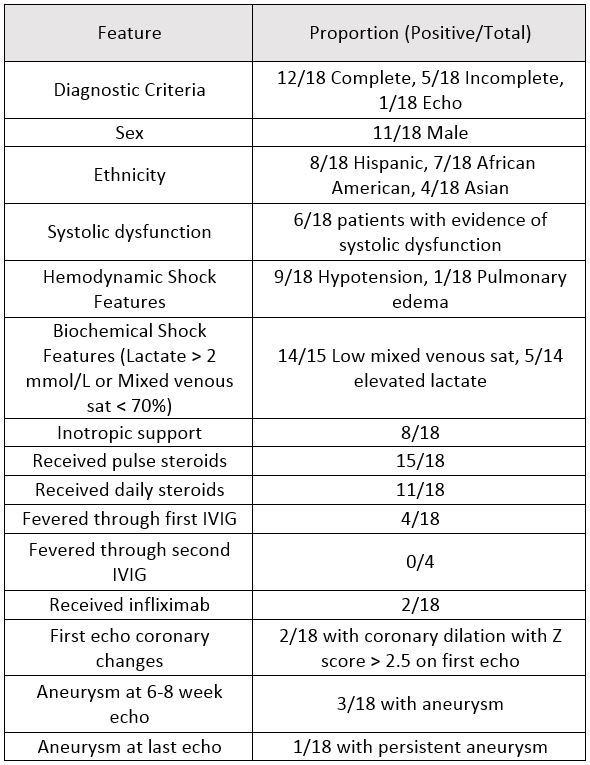

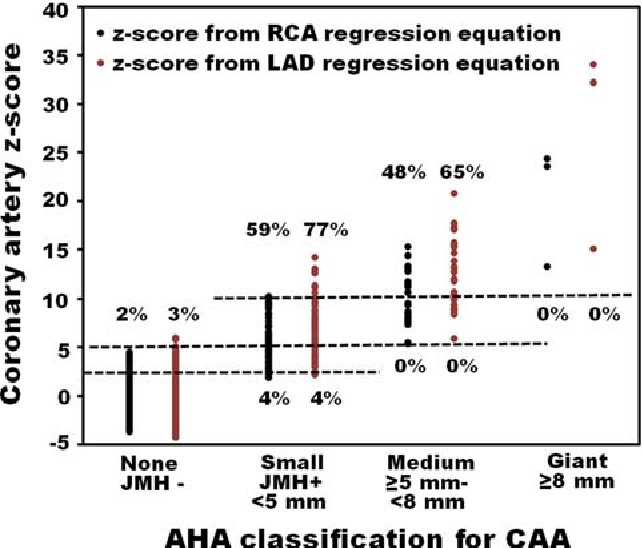



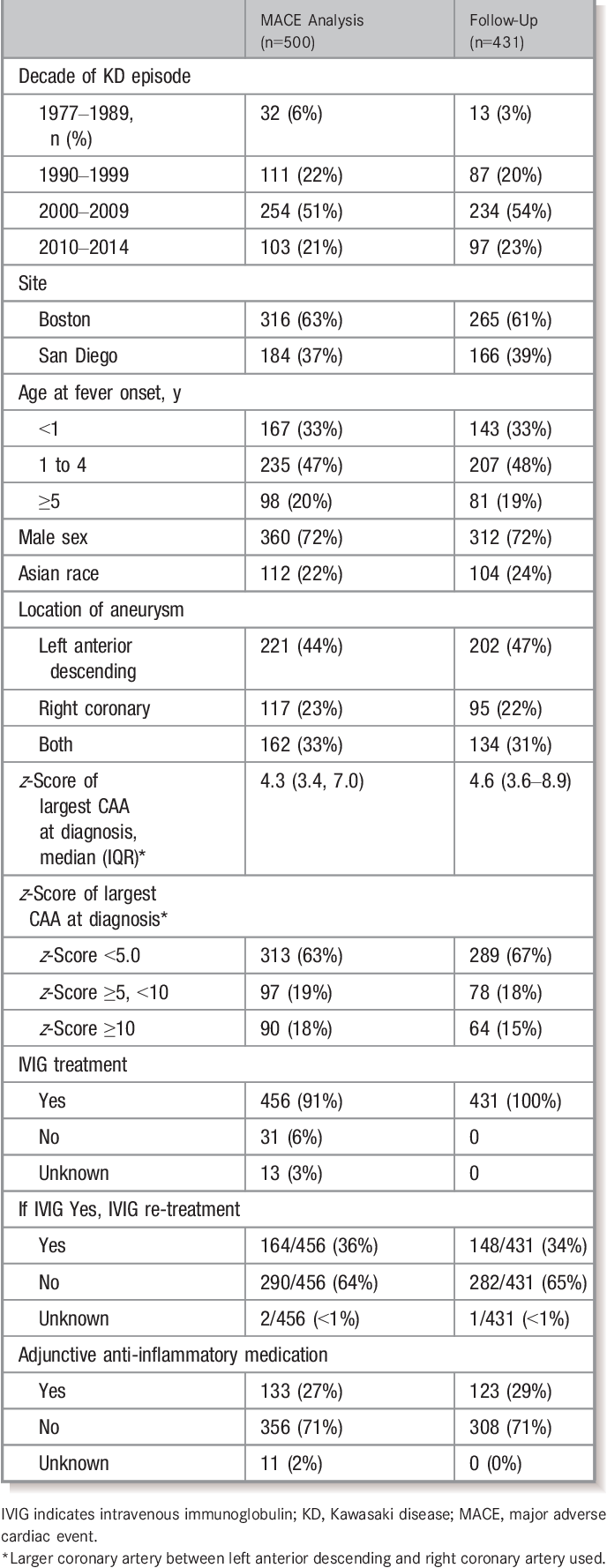


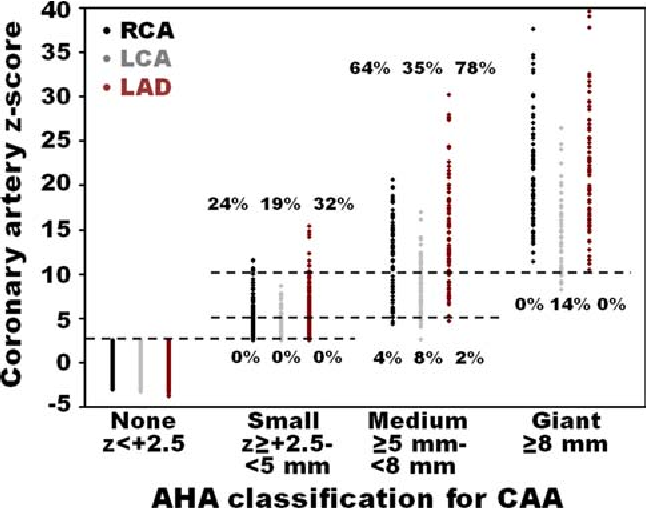
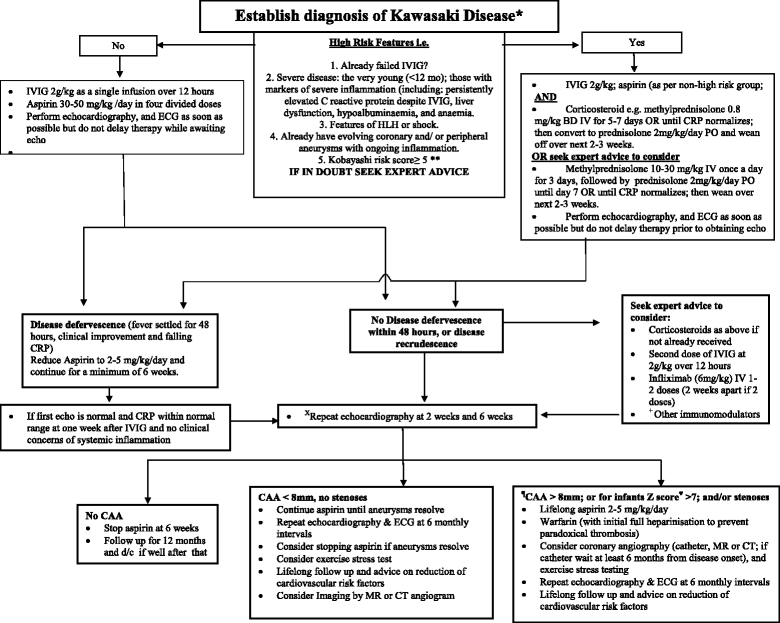

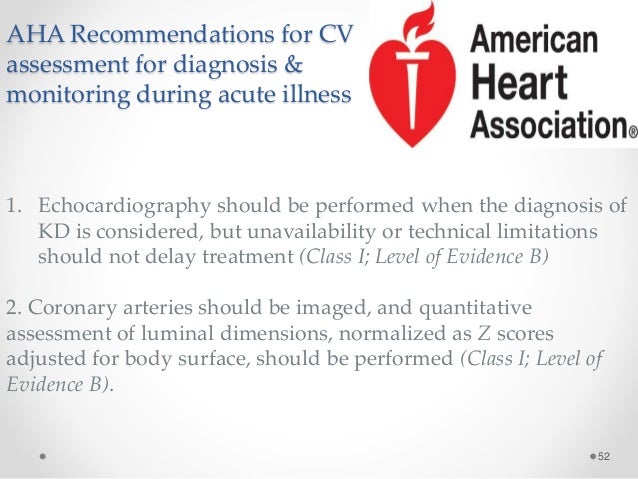




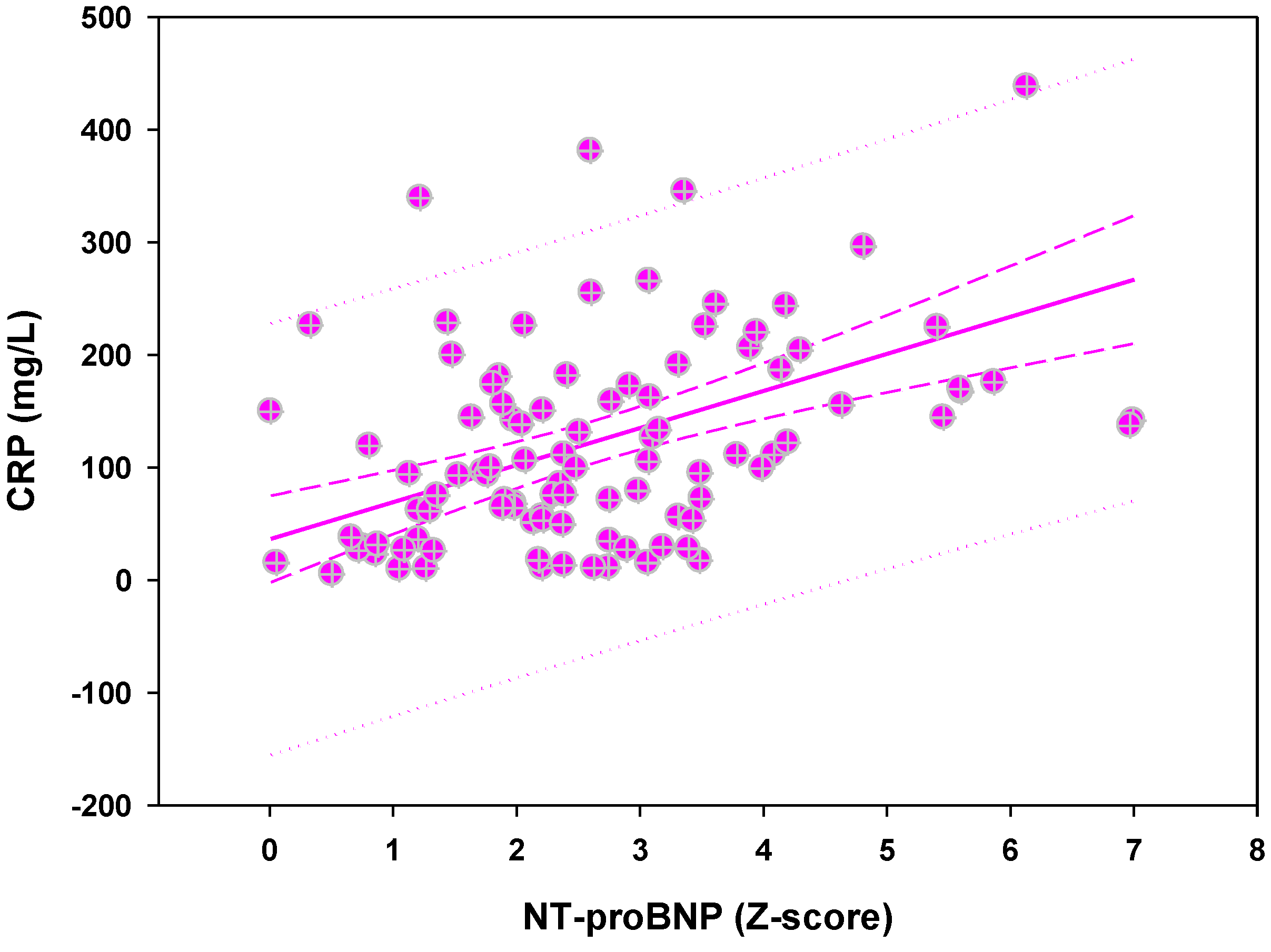

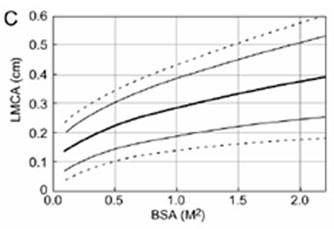



-kdzscores-lorenzoni-acc2020/thumbnails/0.png)












